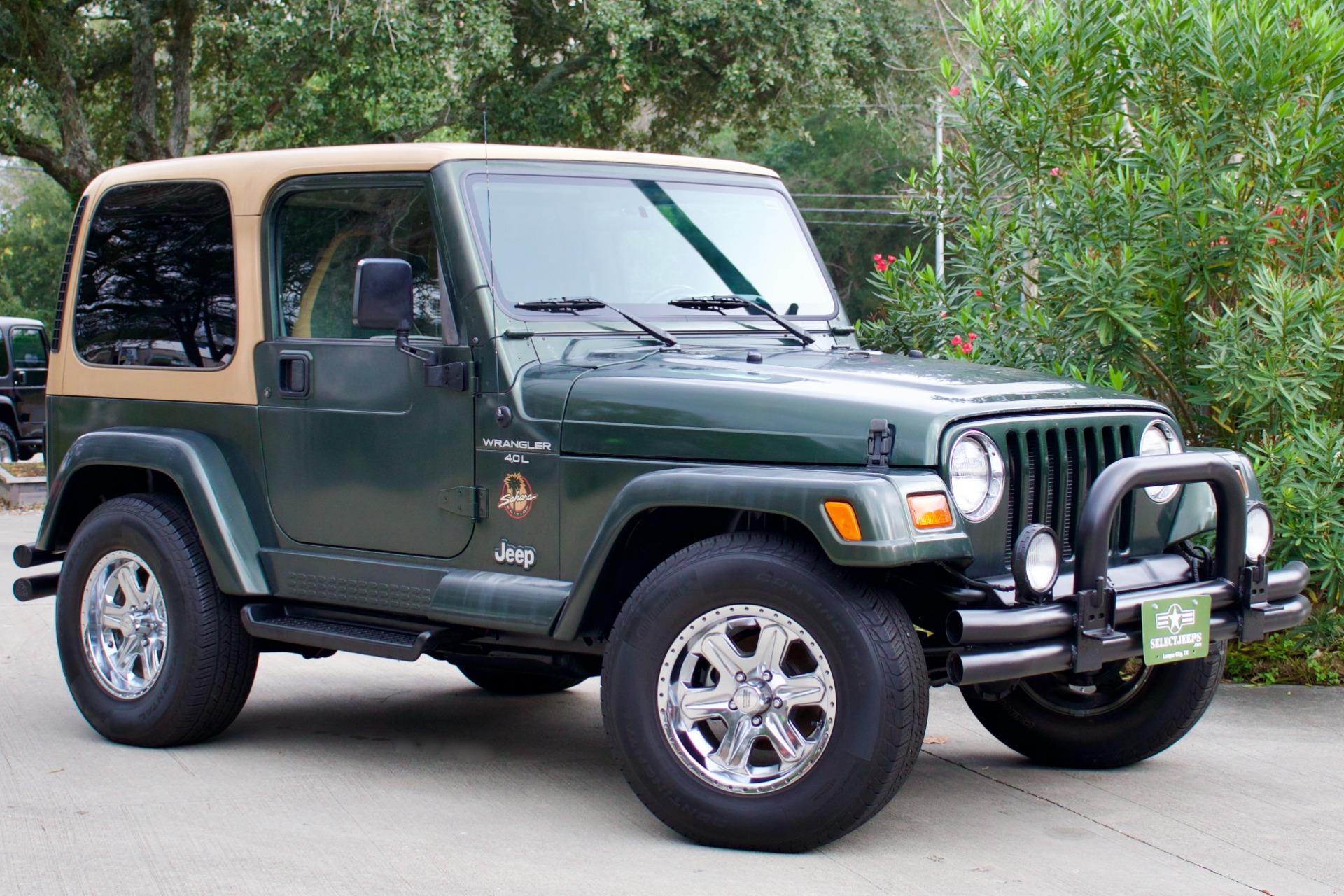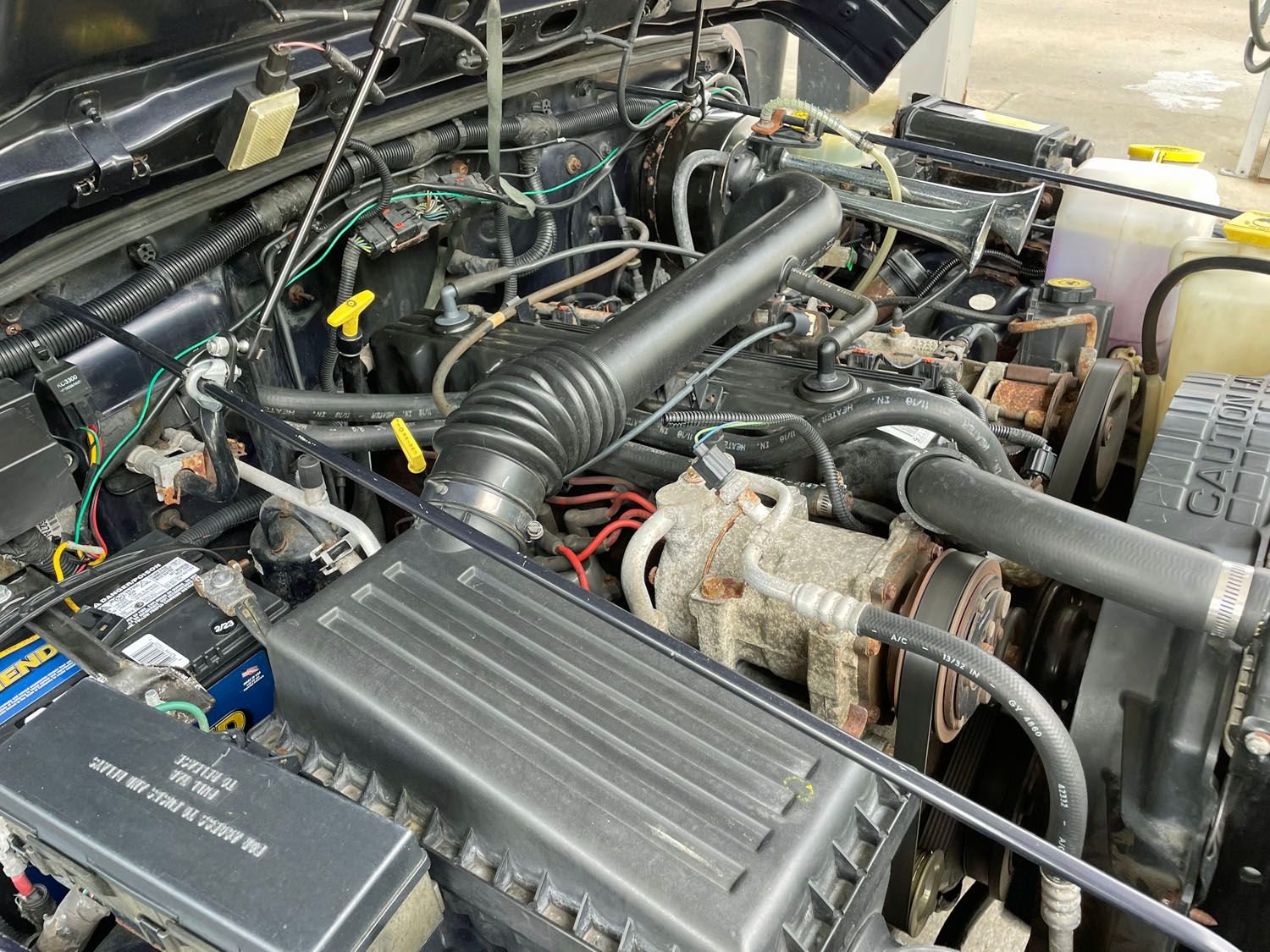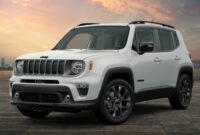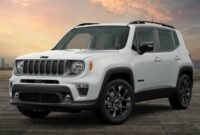1998 Jeep Wrangler Sport For Sale: Your Guide to Acquiring an Off-Road Icon sale.truckstrend.com
The allure of the open road, the call of the trail, and the undeniable sense of freedom – these are the hallmarks of the Jeep Wrangler experience. Among its storied lineage, the 1998 Jeep Wrangler Sport, part of the beloved TJ generation (1997-2006), holds a particularly special place in the hearts of enthusiasts and off-roaders alike. More than just a vehicle, the 1998 Wrangler Sport represents a blend of classic Jeep ruggedness with modern comforts, making it a highly sought-after model in the used car market. For anyone considering acquiring one, understanding its unique characteristics, potential benefits, and crucial considerations is paramount to a successful and satisfying ownership experience. This comprehensive guide will navigate you through everything you need to know about finding and evaluating a 1998 Jeep Wrangler Sport for sale.
1998 Jeep Wrangler Sport For Sale: Your Guide to Acquiring an Off-Road Icon
The Enduring Appeal of the TJ Generation (1997-2006)
The TJ generation of the Jeep Wrangler marked a significant evolution from its YJ predecessor, most notably with the introduction of coil-spring suspension at all four corners. This innovation dramatically improved the Wrangler’s on-road ride quality and off-road articulation, without sacrificing its legendary capability. The 1998 model year falls squarely within this sweet spot, embodying the TJ’s core strengths: a robust drivetrain, a compact and agile chassis, and an unmistakable, timeless aesthetic that harks back to its military roots.
Unlike later, larger Wrangler iterations, the TJ maintains a more traditional, minimalist approach to its design. It’s built for function, not just form, and its straightforward engineering makes it appealing to those who appreciate mechanical simplicity and ease of maintenance. For many, the 1998 TJ is the "Goldilocks" Wrangler – not too old, not too new, but just right for authentic open-air adventures and serious off-road exploration.
Key Features and Specifications of the 1998 Jeep Wrangler Sport
The "Sport" trim level for the 1998 Wrangler offered a balanced package, sitting above the base SE model and below the more feature-rich Sahara. It provided a solid foundation for both daily driving and weekend excursions.
- Engine: The heart of the 1998 Wrangler Sport is the venerable 4.0-liter AMC Inline-6 engine. This powerplant is legendary for its bulletproof reliability, strong low-end torque (rated at 181 hp and 222 lb-ft), and remarkable longevity, often exceeding 200,000 or even 300,000 miles with proper maintenance.
- Transmission: Buyers had a choice between a smooth-shifting 5-speed manual transmission (AX-15 or NV3550, depending on build date) or a robust 3-speed automatic transmission (32RH). Both are well-suited for the Jeep’s character, though the manual offers more direct control and engagement.
- Transfer Case: Standard on the Sport was the Command-Trac NV231 part-time four-wheel-drive system, known for its ruggedness and reliability, offering 2H, 4H, and 4L modes.
- Axles: The Sport typically came equipped with a Dana 30 front axle and a Dana 35 rear axle. While the Dana 35 is adequate for light to moderate off-roading, serious rock crawlers often consider upgrading it for increased strength.
- Suspension: The Quadra-Coil suspension system, with coil springs at all four corners, provided a significantly improved ride over leaf-sprung predecessors. This system also allowed for greater articulation, enhancing off-road capability.
- Standard Features: The Sport trim generally included full metal doors with roll-up windows, carpeting, a slightly upgraded stereo system, and more comfortable seating compared to the SE. Air conditioning was often an optional extra.
- Tops: Like all Wranglers, the 1998 Sport offered the quintessential open-air experience with removable soft tops and optional hardtops.
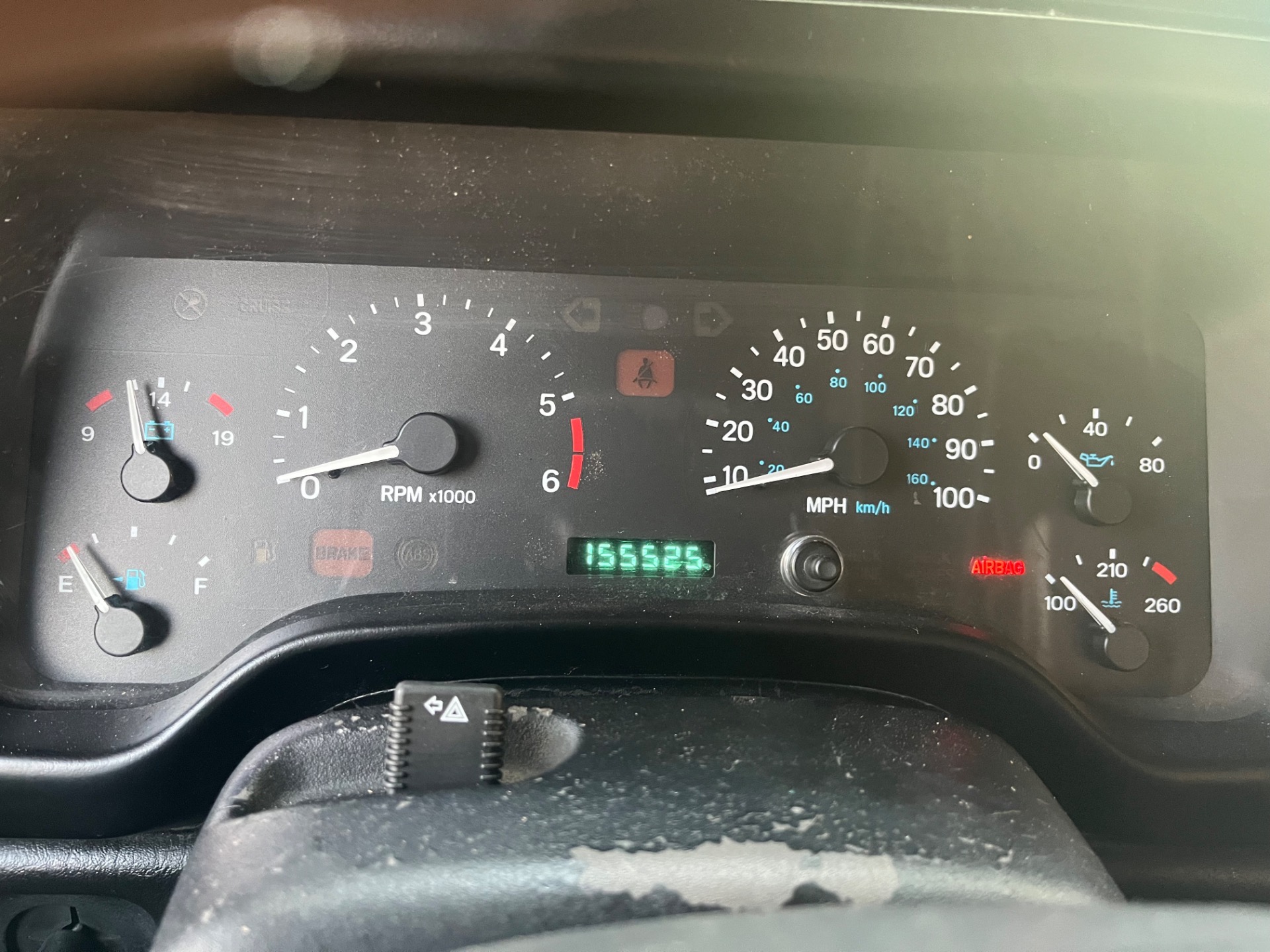
Why Buy a 1998 Jeep Wrangler Sport Today? (Benefits)
Despite its age, the 1998 Jeep Wrangler Sport remains a highly desirable vehicle for a multitude of reasons:

- Unrivaled Off-Road Prowess: Even in stock form, the TJ Wrangler is incredibly capable off-road. Its short wheelbase, ample ground clearance, and robust 4×4 system allow it to tackle challenging terrains with ease. The vast aftermarket support means it can be easily modified for extreme adventures.
- Simplicity and Maintainability: The TJ’s relatively simple mechanical design makes it a dream for DIY enthusiasts. Parts are widely available and often affordable, and many common repairs can be performed with basic tools.
- Timeless Aesthetics: The 1998 Wrangler boasts the classic, unmistakable Jeep look – round headlights, seven-slot grille, and exposed hinges. It’s a design that transcends trends and always looks at home, whether on city streets or mountain trails.
- Strong Community and Support: Owning a Jeep means joining a passionate global community. Forums, clubs, and events are plentiful, offering invaluable resources, camaraderie, and assistance for owners.
- Excellent Resale Value: Wranglers, especially well-maintained TJs, tend to hold their value exceptionally well. They are considered an investment by many, with demand often outstripping supply.
- The Open-Air Experience: Few vehicles offer the unique sensation of driving with the top down, doors off, and windshield folded. The 1998 Wrangler truly embodies this spirit of freedom.
Important Considerations Before Buying (Challenges & Solutions)
While the 1998 Wrangler Sport is a fantastic vehicle, potential buyers must be aware of common issues to ensure a smart purchase.
- Rust: This is the TJ’s Achilles’ heel, especially in regions that use road salt. Thoroughly inspect the frame (particularly near control arm mounts, skid plate mounts, and the rear cross member), body mounts, floorboards, rocker panels, and fender wells.
- Solution: A pre-purchase inspection by a qualified mechanic who specializes in Jeeps is crucial. Look for surface rust versus structural rust. Minor surface rust can be treated; extensive frame rust can be a deal-breaker.
- Maintenance History: A lack of service records can indicate neglect. The 4.0L engine is robust, but it still requires regular oil changes, coolant flushes, and tune-ups.
- Solution: Ask for all available maintenance records. If none exist, factor in the cost of immediate fluid changes and a thorough inspection of wear items.
- Previous Modifications: Many TJs have been modified. While some mods are beneficial (e.g., quality lift kits, upgraded axles), poorly installed or cheap modifications can lead to problems.
- Solution: Understand what modifications have been done and why. Look for quality brands and professional installation. If the Jeep is heavily modified, ensure it’s still roadworthy and safe.
- Mileage: High mileage is common for a 25-year-old vehicle. Don’t be immediately deterred by high numbers if the maintenance has been diligent.
- Solution: Prioritize overall condition and maintenance over raw mileage. A well-maintained 200k-mile Jeep is often better than a neglected 100k-mile one.
- Soft Top/Hard Top Condition: Both soft tops and hardtops can show significant wear and tear over time. Zippers, windows, and fabric on soft tops can degrade, while hardtops can crack or have seal issues.
- Solution: Inspect the top thoroughly. Factor in replacement costs if the existing one is in poor condition (new soft tops can range from $300-$800+, hardtops significantly more).
- Axle Weakness (Dana 35): For aggressive off-roading, the stock Dana 35 rear axle is considered a weak point.
- Solution: If you plan on running larger tires (33 inches or more) and tackling serious trails, budget for a stronger axle swap (e.g., Ford 8.8 or Dana 44) or upgrade components within the Dana 35.
- Fuel Economy: Expect modest fuel economy, typically in the low to mid-teens (MPG).
- Solution: This is just a reality of owning a Wrangler. Budget accordingly for fuel costs.
How to Evaluate a 1998 Jeep Wrangler Sport For Sale (Practical Advice)
When you find a 1998 Jeep Wrangler Sport for sale, approach the evaluation systematically:
- Pre-Purchase Inspection (PPI): This is non-negotiable. Have a trusted, independent mechanic (ideally one familiar with Jeeps) perform a thorough inspection before you commit.
- Rust Check: Visually inspect every inch of the frame, body mounts, floor pans (under the carpet), rocker panels, and fender flares. Pay close attention to welds and seams. Bring a small hammer to gently tap suspected areas – a solid thud is good, a dull crunch is bad.
- Engine and Drivetrain:
- Check for fluid leaks (oil, coolant, power steering, differential).
- Listen for unusual noises (knocking, ticking, grinding).
- Check engine oil and coolant condition.
- Test the 4WD system by engaging 4H and 4L.
- Examine the exhaust for excessive smoke.
- Suspension and Steering:
- Look for worn bushings, tie rod ends, ball joints, and control arm mounts.
- Check for excessive play in the steering wheel.
- Inspect shocks and springs for leaks or damage.
- Electrical System: Test all lights (headlights, taillights, turn signals, brake lights), wipers, horn, gauges, radio, and HVAC system.
- Tires: Check tread depth and look for uneven wear, which can indicate alignment or suspension issues. Note the age of the tires.
- Test Drive:
- Pay attention to how the transmission shifts (smoothly or roughly).
- Listen for any drivetrain noises (whining from differentials, grinding from transfer case).
- Test the brakes for pull or pulsation.
- Evaluate steering feel – is it loose or precise?
- Drive at various speeds to check for vibrations or wobbles.
Tips for a Successful Purchase and Ownership
- Set a Realistic Budget: Beyond the purchase price, factor in potential immediate repairs, maintenance, insurance, and desired modifications.
- Join Online Forums and Local Groups: Websites like JeepForum.com or local Jeep clubs are invaluable resources for learning, troubleshooting, and finding parts.
- Prioritize Condition Over Mileage: For TJs, the overall condition, particularly the frame’s integrity and maintenance history, is far more important than the odometer reading.
- Understand Its Purpose: Decide if you need a daily driver, a weekend toy, or a dedicated off-road rig. This will influence how much you’re willing to spend and what level of modification you seek.
- Embrace DIY: Many common TJ issues are well-documented and relatively easy for a mechanically inclined individual to fix, saving significant labor costs.
1998 Jeep Wrangler Sport: Typical Price Guide (Estimated)
It’s important to note that the price of a 1998 Jeep Wrangler Sport can vary significantly based on location, overall condition, mileage, rust levels, modifications, and whether it has a hardtop or soft top. The table below provides a general range.
| Condition Category | Description | Typical Price Range (USD) |
|---|---|---|
| Poor | Significant rust (frame/body), major mechanical issues, non-running or requiring substantial work, high mileage, neglected. | $3,000 – $6,000 |
| Fair | Moderate rust (manageable), needs various repairs (e.g., suspension, minor leaks, cosmetic), average mileage, could be a project. | $6,000 – $9,000 |
| Good | Minimal surface rust, well-maintained mechanically, minor cosmetic flaws, average to lower mileage for its age, ready to drive. | $9,000 – $14,000 |
| Excellent/Restored | Little to no rust, meticulously maintained or recently restored, low mileage, significant desirable modifications, or collector quality. | $14,000 – $20,000+ |
Key Factors Influencing Price:
- Rust Level: The most critical factor. Zero frame rust commands a premium.
- Maintenance History: Comprehensive records increase value.
- Hardtop vs. Soft Top: Hardtops generally add value, especially if in good condition.
- Transmission: Manuals are often preferred by enthusiasts and can sometimes fetch a slightly higher price.
- Modifications: Quality, desirable modifications (e.g., lift, bigger tires, upgraded axles) can increase value, but poorly done or extreme mods can deter buyers.
- Location: Prices can vary regionally based on demand and climate (e.g., rust-free Southern/Western states often have higher prices).
Frequently Asked Questions (FAQ)
Q1: Is the 4.0L inline-six engine reliable?
A1: Yes, the 4.0L engine is renowned for its incredible reliability and longevity. With proper maintenance, it can easily last for hundreds of thousands of miles.
Q2: What’s the biggest issue to look out for on a 1998 TJ?
A2: Rust, particularly frame rust, is by far the most significant concern. Thoroughly inspect the frame, body mounts, and floorboards.
Q3: Can a 1998 Jeep Wrangler Sport be a daily driver?
A3: Absolutely, many TJ owners use them as daily drivers. However, be prepared for a less refined ride than modern SUVs, higher road noise, and modest fuel economy.
Q4: What’s the difference between the Sport, SE, and Sahara trims?
A4: The SE was the base model, often with a 2.5L 4-cylinder engine and fewer features. The Sport was a step up, typically with the 4.0L I6 and more standard comforts like carpeting and full doors. The Sahara was the top trim, offering more luxury features, unique interior/exterior styling, and often wider fender flares.
Q5: Is the Dana 35 rear axle a problem for off-roading?
A5: For light to moderate off-roading and stock tire sizes, the Dana 35 is usually fine. However, if you plan to run larger tires (33" or more) or tackle aggressive trails, it’s considered a weak point and an upgrade (e.g., to a Dana 44 or Ford 8.8) is often recommended.
Q6: Are parts readily available for the 1998 TJ?
A6: Yes, parts availability is excellent. Due to the TJ’s popularity and the longevity of the 4.0L engine, both OEM and aftermarket parts are widely available and generally affordable.
Concluding Summary
The 1998 Jeep Wrangler Sport stands as a testament to Jeep’s enduring legacy of capability, simplicity, and freedom. It offers a unique driving experience that modern SUVs simply cannot replicate, blending classic ruggedness with just enough comfort for everyday use. While acquiring a 25-year-old vehicle comes with its considerations, particularly regarding rust and maintenance history, the rewards of owning a well-sorted TJ are immense.
By conducting a thorough inspection, understanding its quirks, and embracing the vibrant Jeep community, a 1998 Wrangler Sport can provide years of reliable service, unforgettable adventures, and an undeniable sense of iconic cool. For those seeking an authentic, open-air, off-road capable vehicle that holds its value and its spirit, the 1998 Jeep Wrangler Sport for sale is more than just a car – it’s an invitation to adventure.
